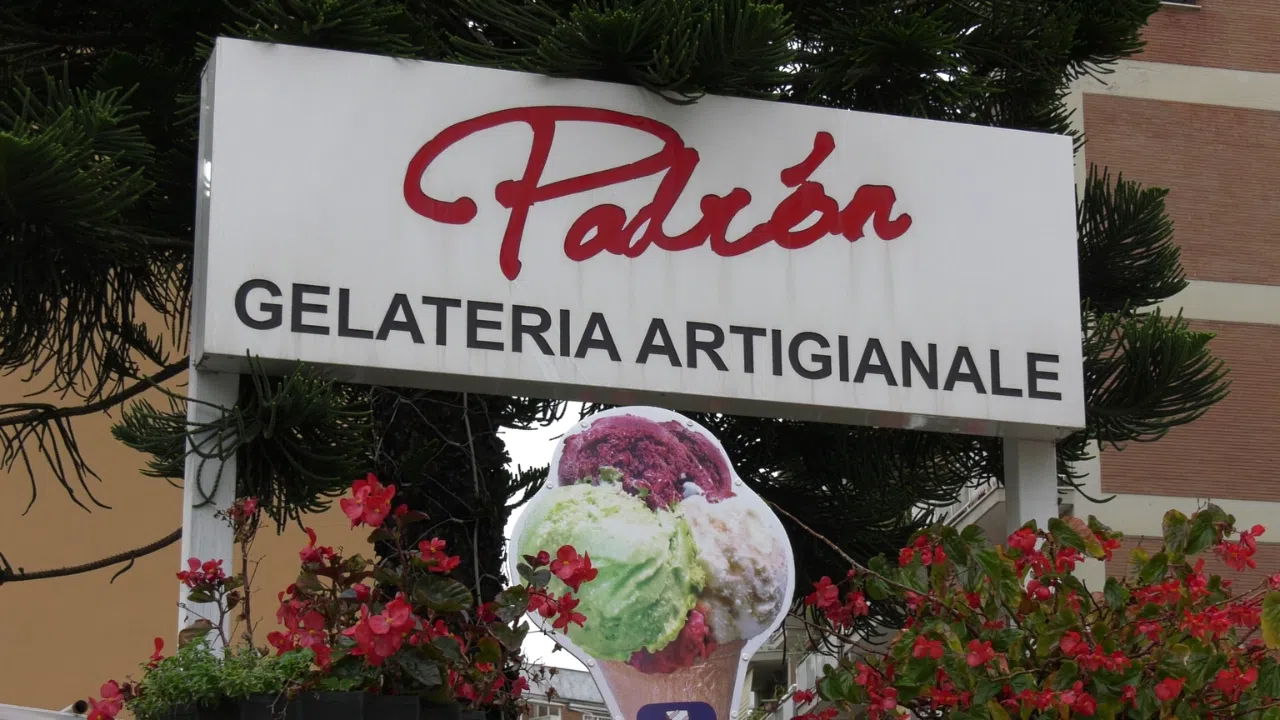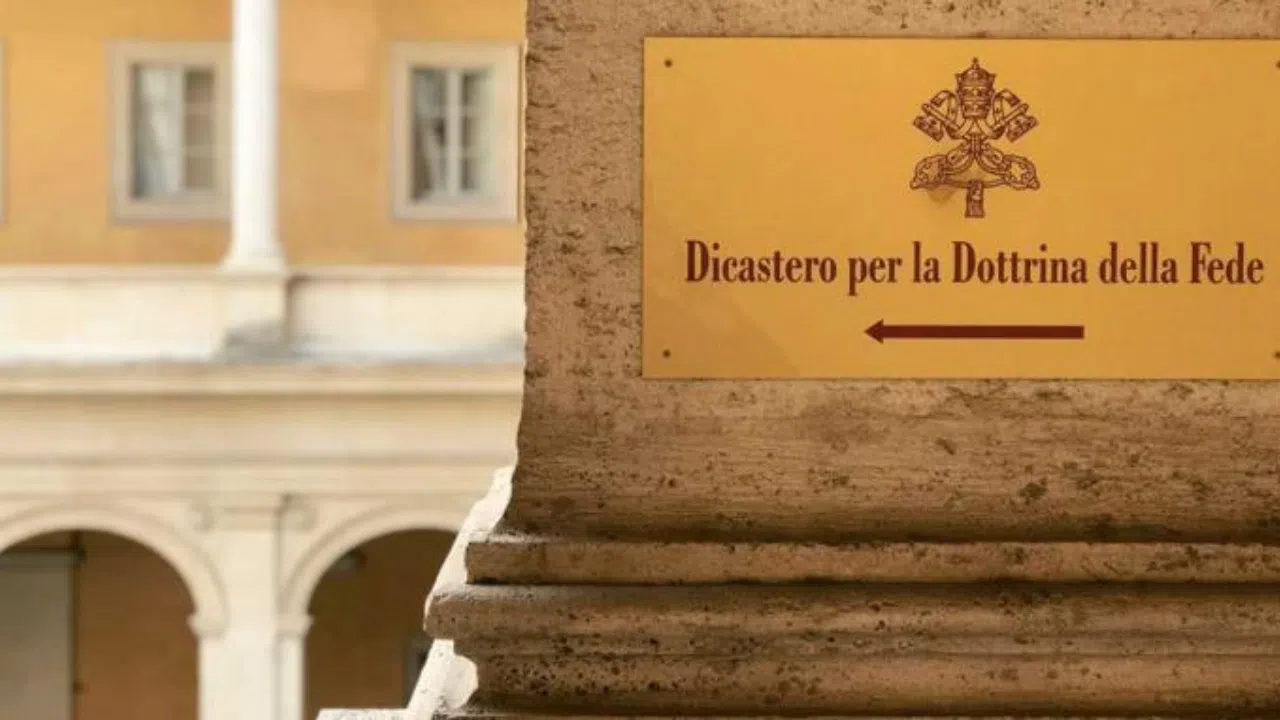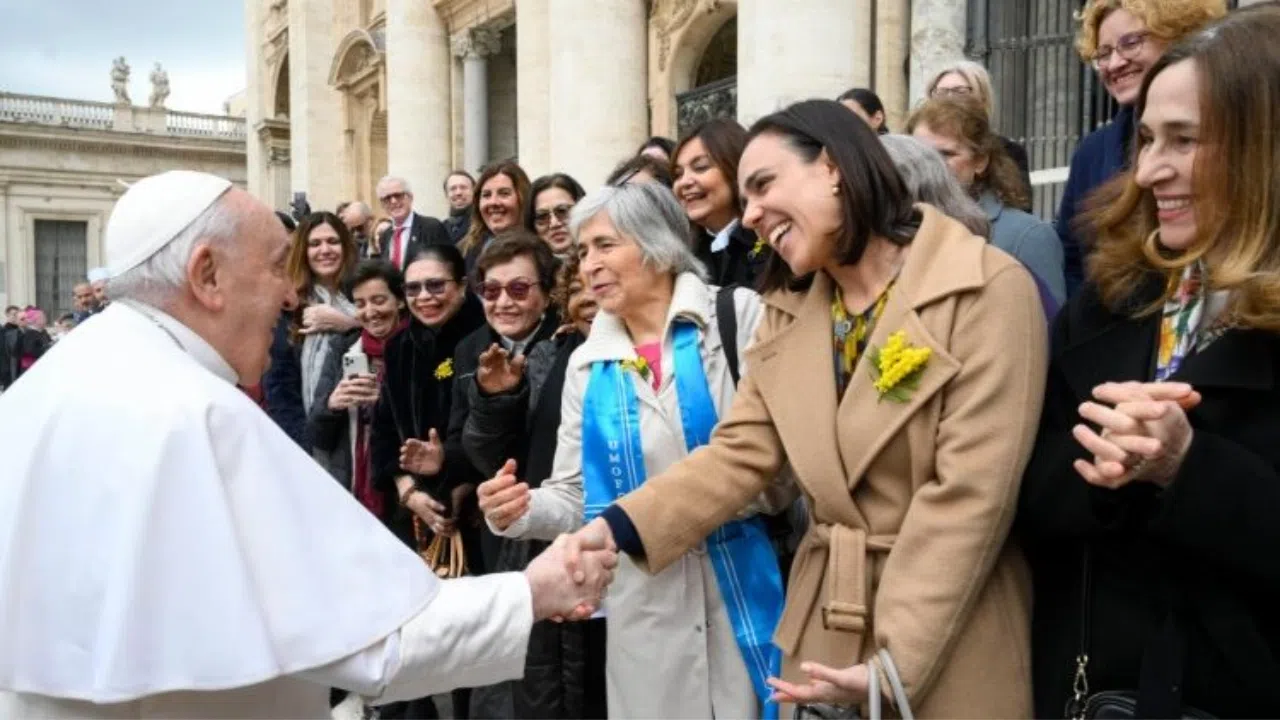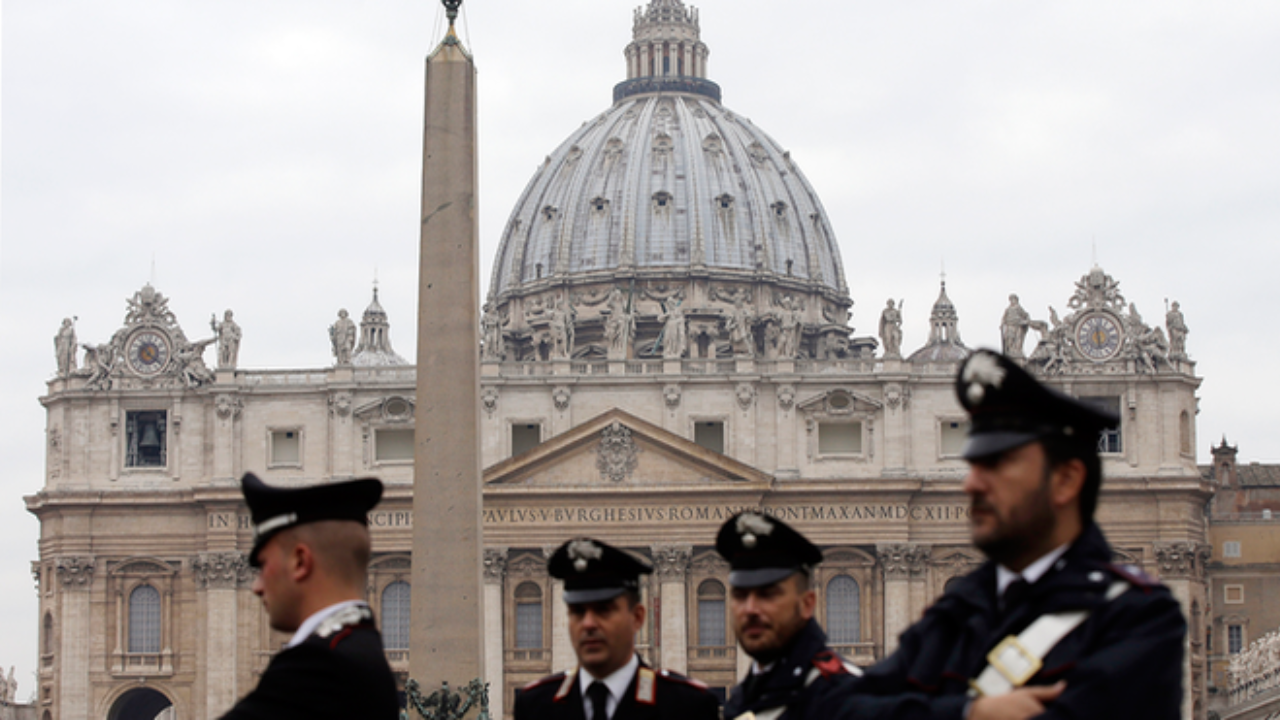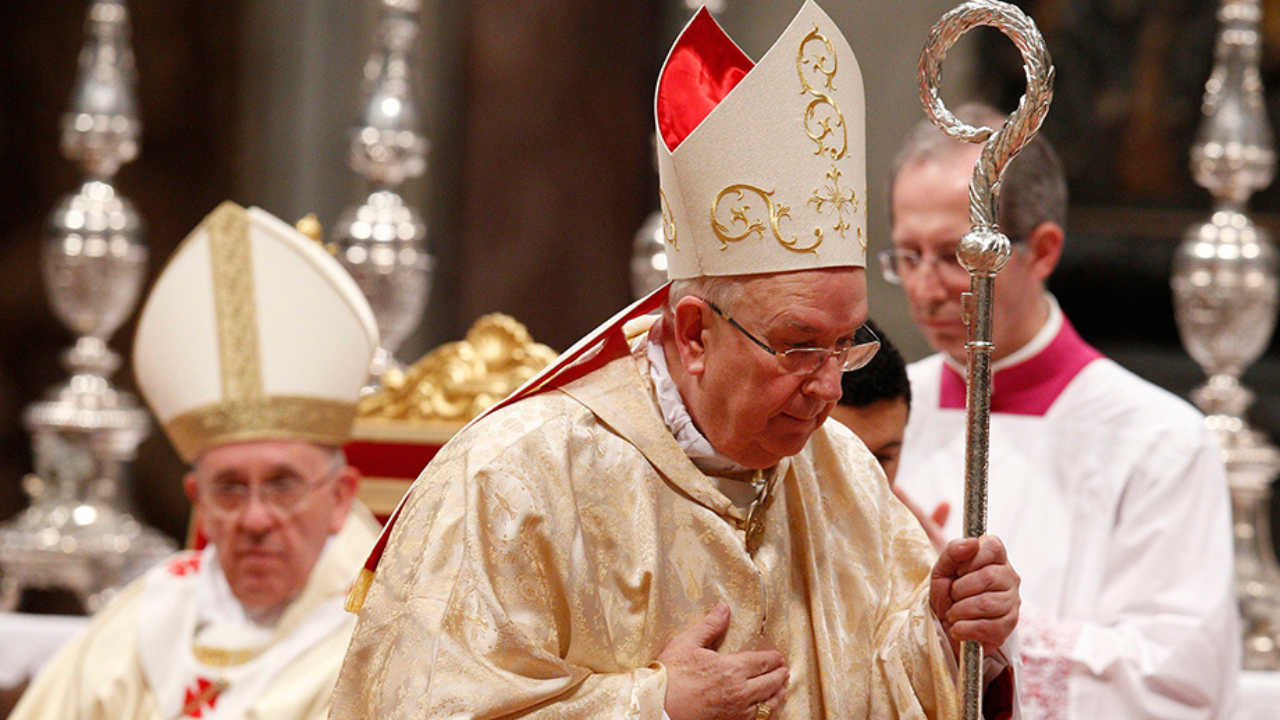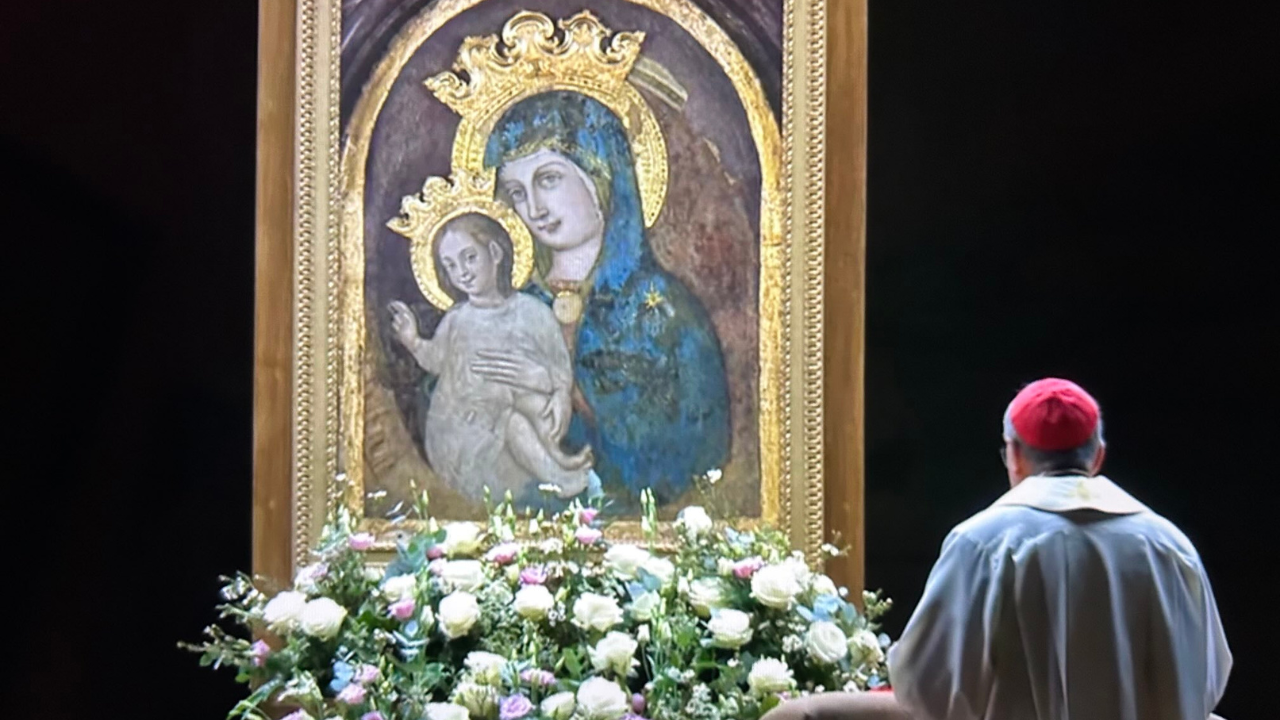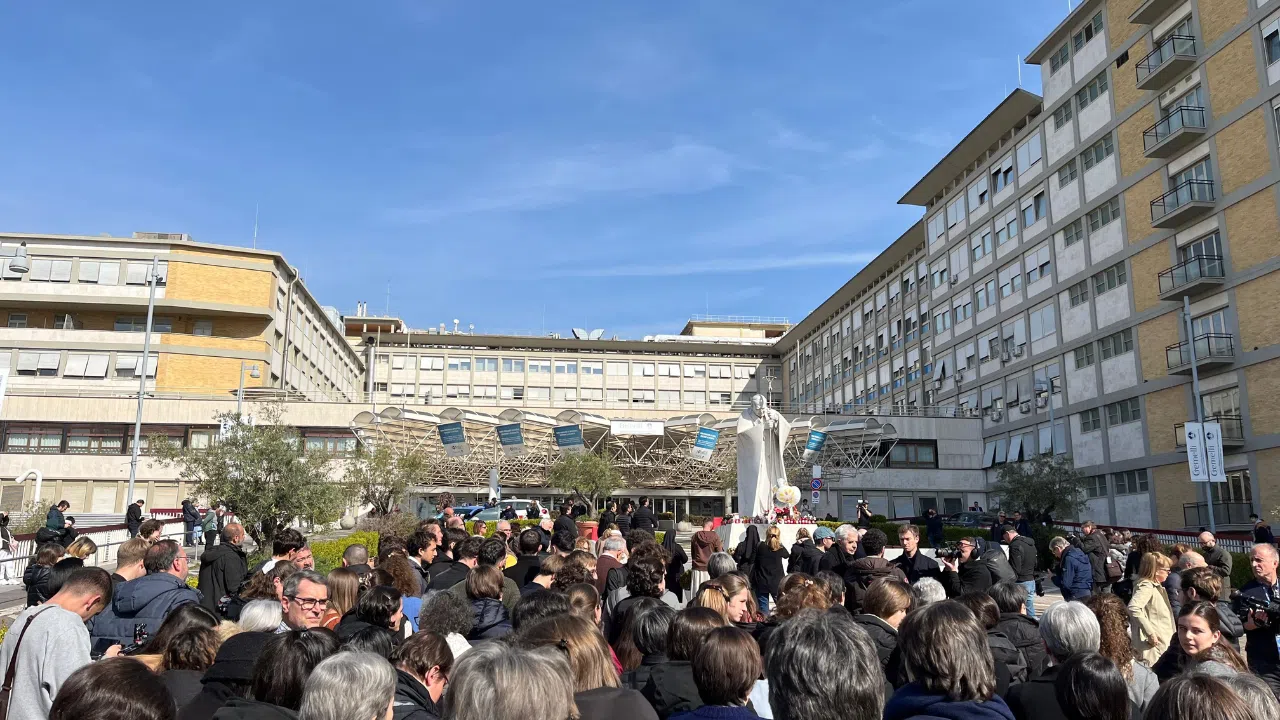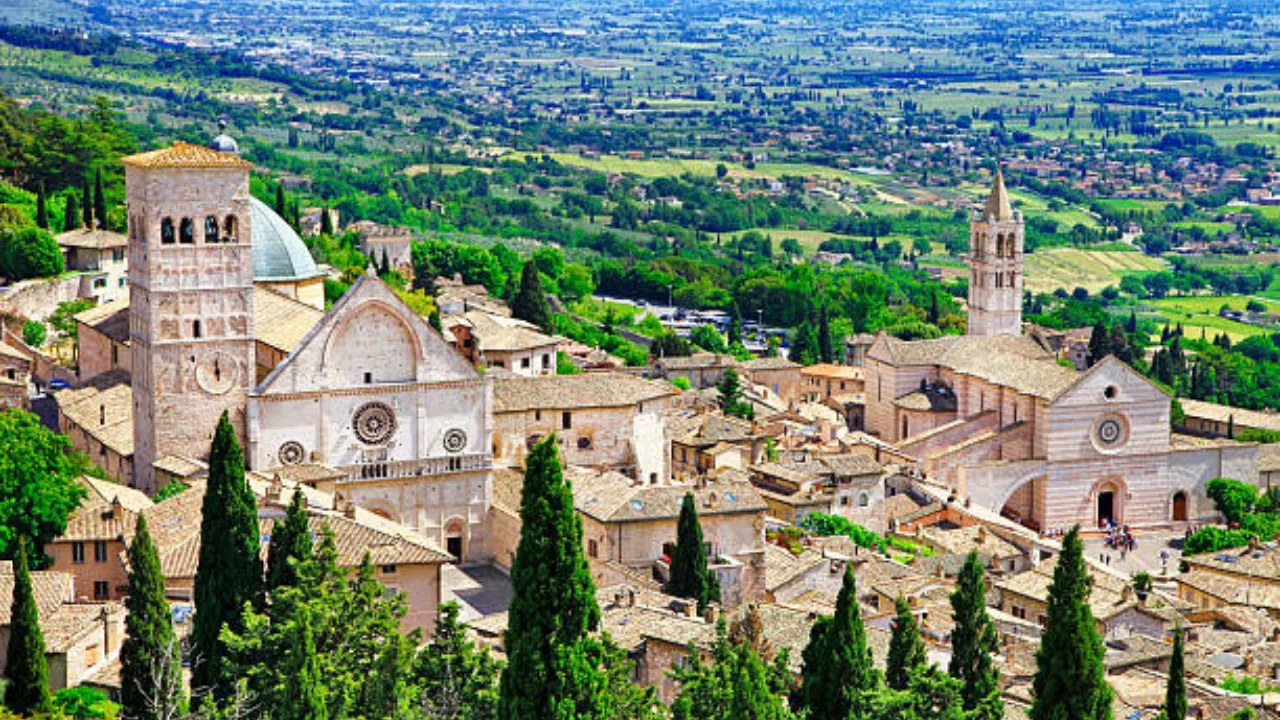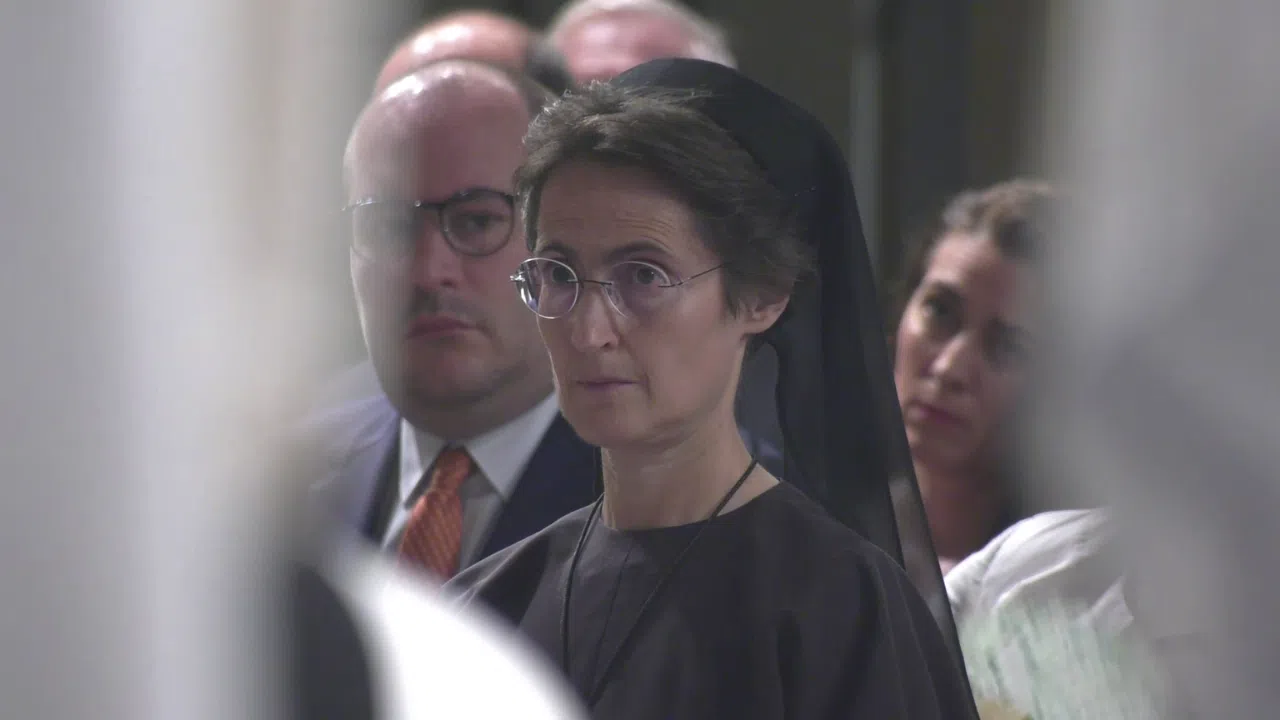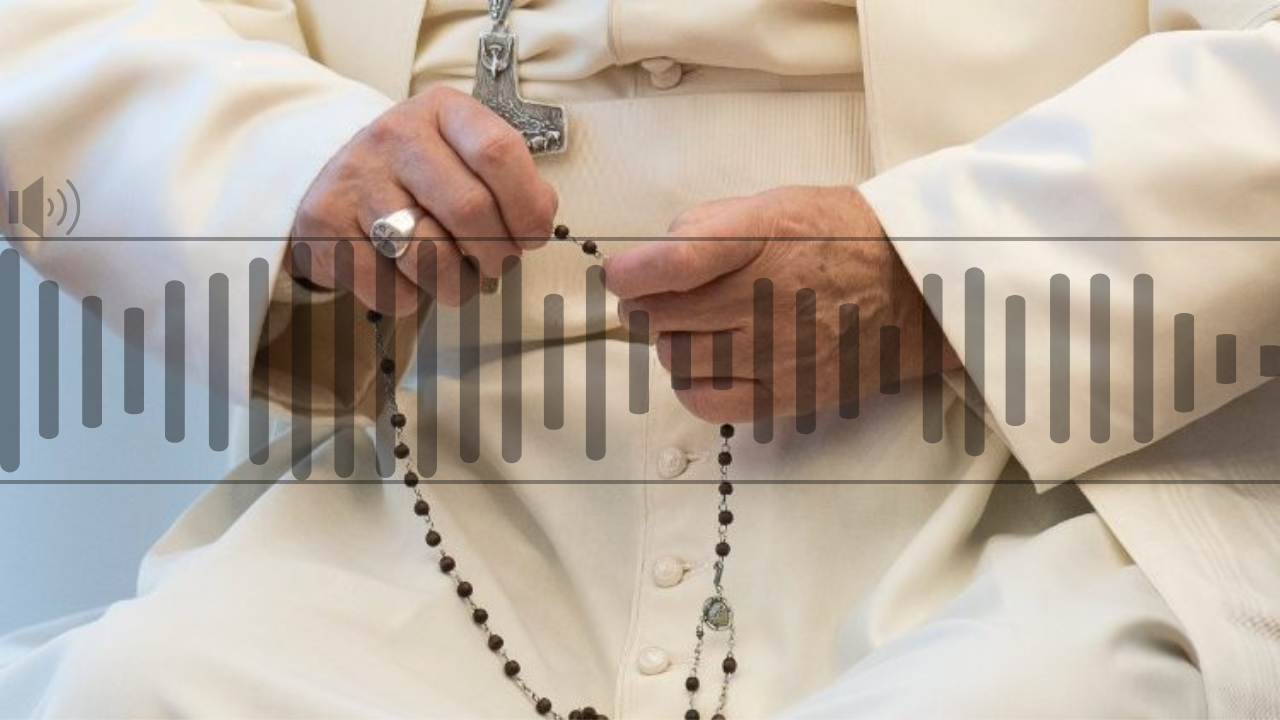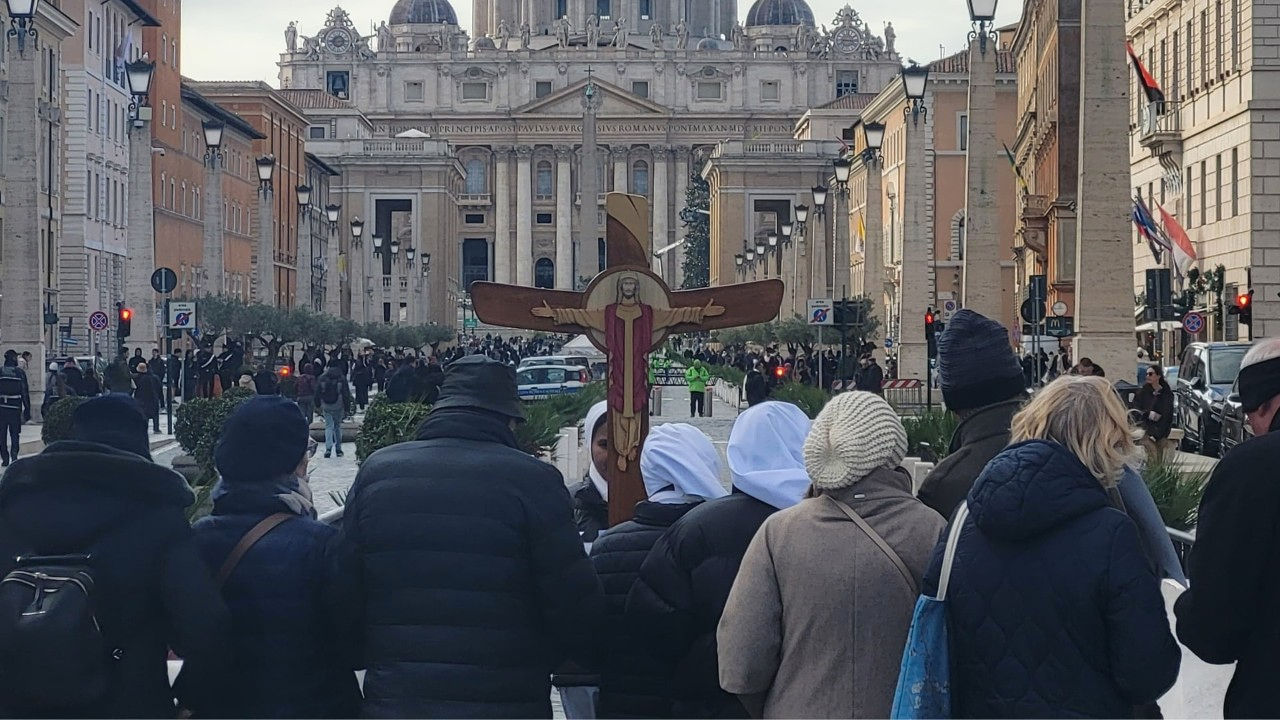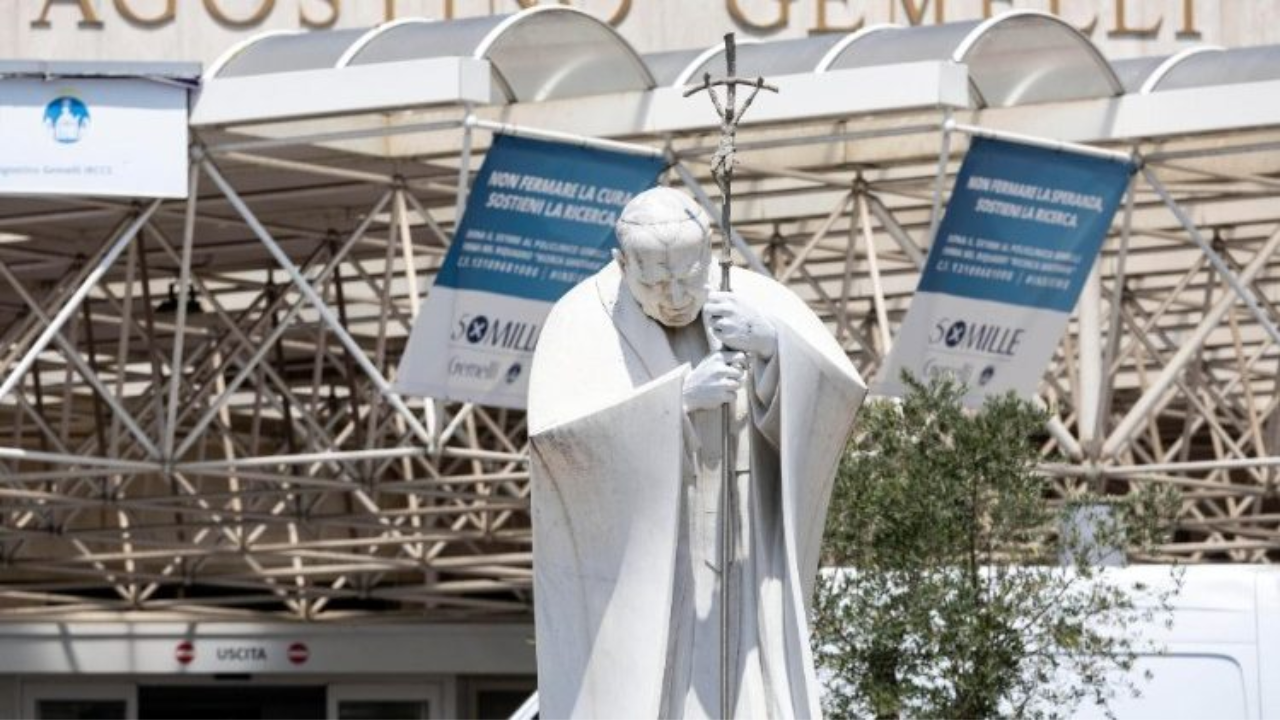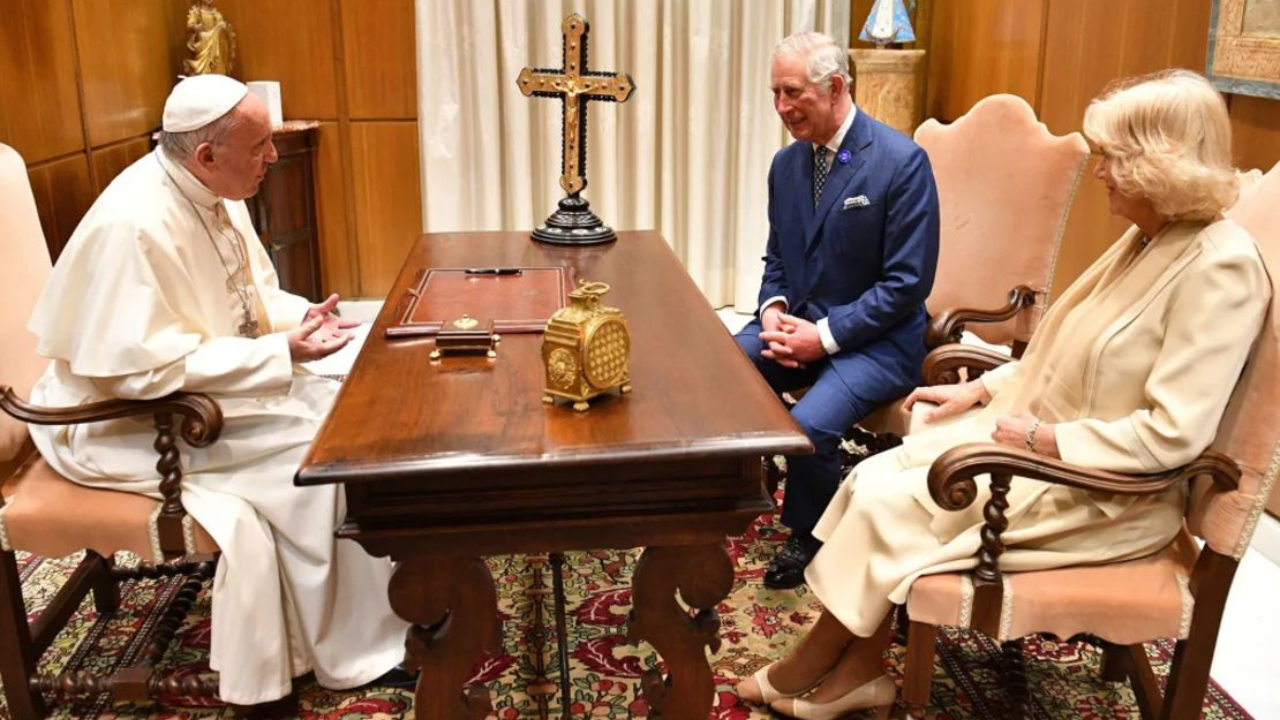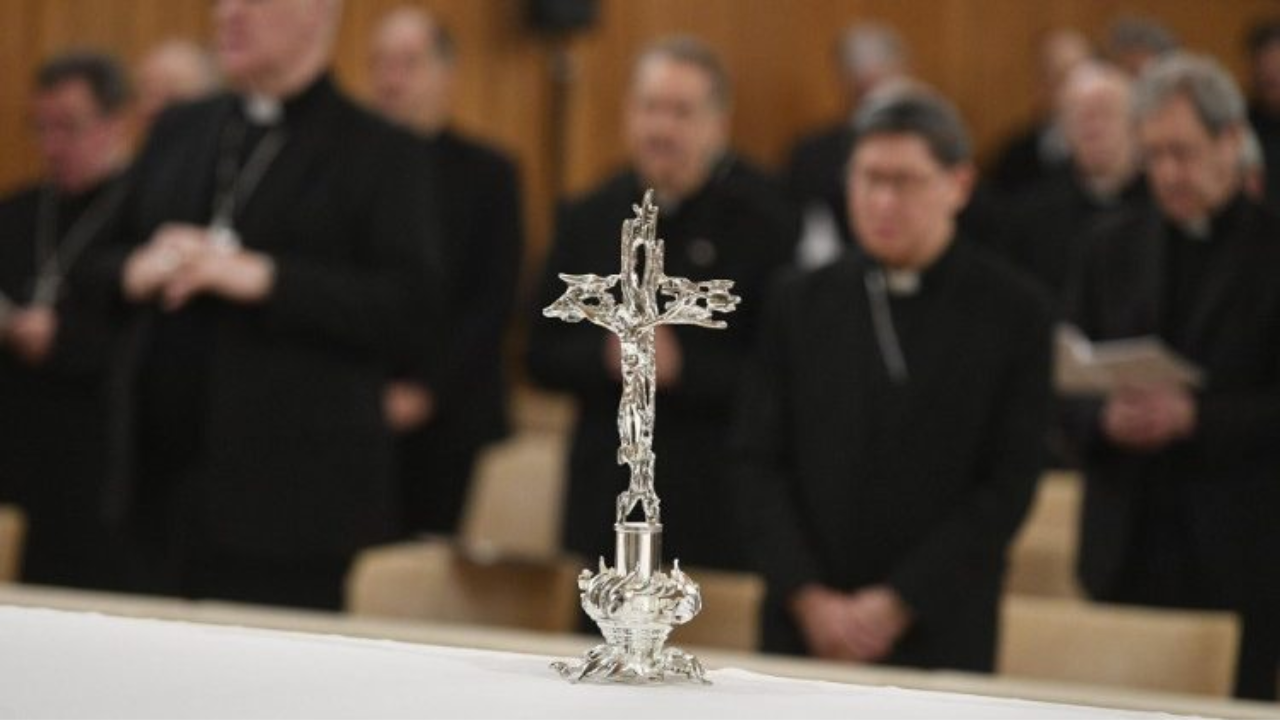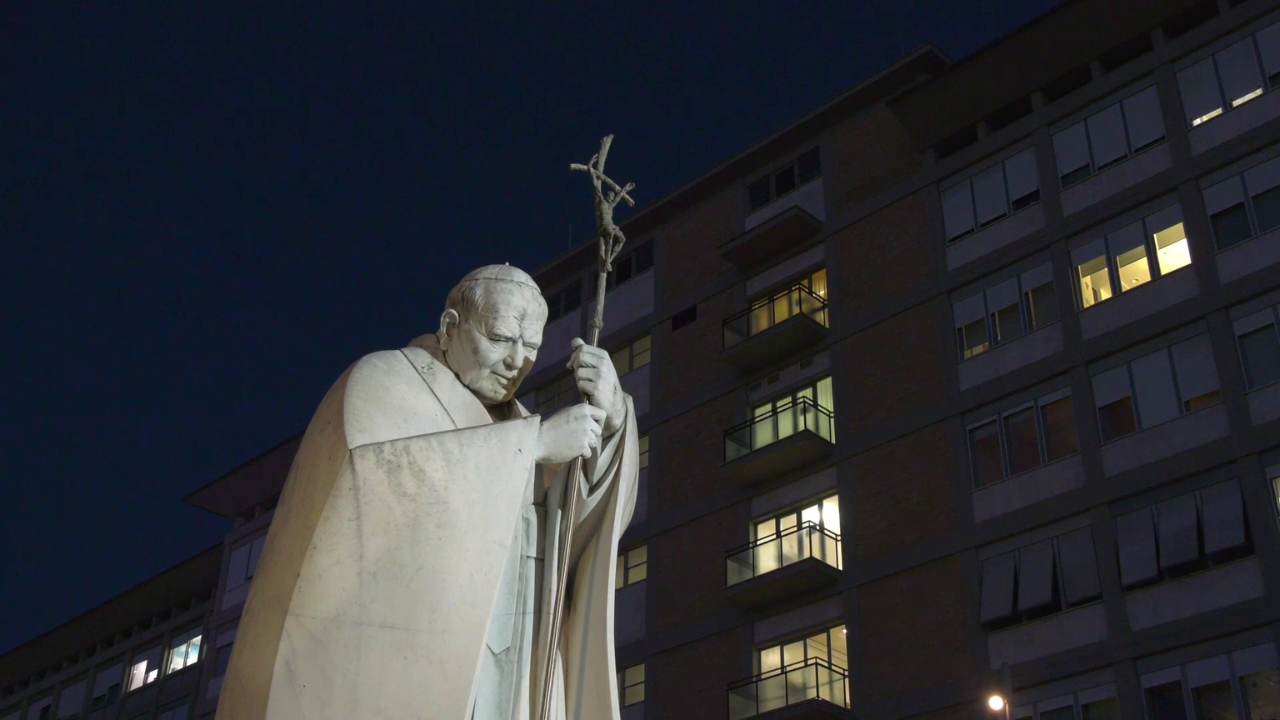On display in Rome at Palazzo Barberini are the frescoes of the Herrera family Chapel—a Spanish noble banking family. It was a church under the protection of the Spanish monarchy from 1602 until the 1830s, when the decline of the Spanish rule caused the embassy to take these frescoes to Madrid and Barcelona.
The images, created by Annibale Carracci, were separated for 200 years. The larger ones—more difficult to transport to Madrid—became part of the collection of the Art Museum in Catalonia. The smaller ones went to the Art Museum in Madrid and spent decades hidden in a warehouse.
ANDRÉS ÚBEDA
Deputy Director, Museo Nacional del Prado, Madrid
There they were treated like oil paintings and they were treated many times. These varnishes yellowed over time and the paintings were then covered with more varnish. In the case of the Prado Museum in Madrid, this led to their removal from the galleries in the 1970s and never taken out again.
The poor preservation of Carracci's works caused his greatest critic, Donald Postner, in 1971, to consider them beyond repair. But, it turns out, he was mistaken.
ANDRÉS ÚBEDA
Deputy Director, Museo Nacional del Prado, Madrid
He concluded that the paintings were destroyed and that even with restoration, they were beyond revoery. This opinion was so popular among art historians that it became a widely held belief. Until now, when we have been able to restore the paintings and show that they are in an irregular state of conservation. Now, people can contemplate and analyze the paintings.
After two centuries apart, the frescoes of the Herrera family Chapel will be on display together in Rome's until February 5.
RM
TR: KG
